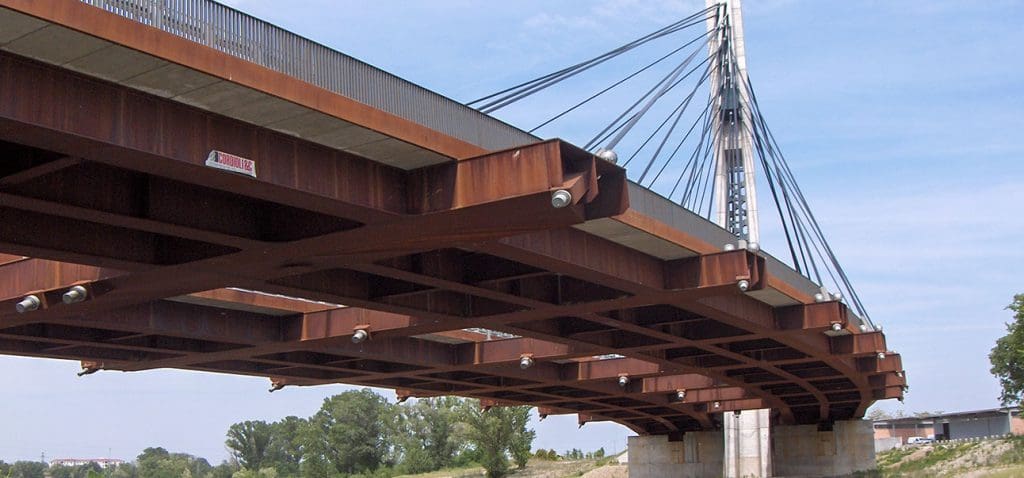Tailings dams

What is tailings dams monitoring? A tailings dam is a structure used in mining operations to store waste material, or tailings, that is produced during the processing of mineral ores. Tailings are the finely ground rock particles and other materials that are left over after the desired mineral has been extracted from the ore. The […]
Underground mining monitoring

Underground mining monitoring What is UNDERGROUND minING monitoring? Underground mining monitoring is crucial for ensuring safety, efficiency, and sustainability in mining operations. Specifically, monitoring systems provide critical data on rock stability, stress changes, and environmental conditions. This information is essential for preventing structural failures and optimizing extraction processes. At Sisgeo, we focus on delivering reliable, […]
Open pit mine monitoring

Open pit mine monitoring What is open pit mine monitoring? Open pit mines are large mining operations where materials are extracted from the earth. They are called “open pit” because they are created by removing large amounts of rock and soil from the ground, creating a large open hole or pit.Geotechnical monitoring in open pit […]
Viaducts

What is viaducts monitoring? A viaduct is a type of bridge that is made up of a series of small spans, typically supported by piers or columns. They are often used to connect different levels of a city or to link separate sections of a transportation network. Various types of instruments are used in viaduct […]
Truss metal bridges

What is truss metal bridges monitoring? Truss metal bridge is a type of bridge that uses a series of interconnected triangles to support the bridge deck and transfer loads to the abutments or piers. The truss is a framework of metal bars or tubes that are arranged in a series of triangles, which are known […]
Arch bridges

What is arch bridges monitoring? Arch bridges are structures that rely on the strength and stability of their arches to support the bridge deck and transfer loads to the abutments or piers. Arch bridge monitoring involves both geotechnical and structural monitoring to ensure the safety and long-term performance of the bridge. Geotechnical monitoring of an […]
Cable-stayed bridges

What is cable-stayed bridges monitoring? Cable-stayed bridges are complex structures that consist of a deck supported by cables that are anchored to one or more towers. These cables are under significant tension and are critical components of the bridge’s structural integrity. Structural monitoring of cable-stayed bridges involves the measurement of various parameters such as the […]
Heritage

What is heritage monitoring? Heritage geotechnical and structural monitoring is the process of continuously monitoring structures such as historical buildings, monuments, and archaeological sites. Geotechnical monitoring involves monitoring the behaviour of the soil or rock surrounding the structure, while structural monitoring involves measuring the behaviour of the structure itself. This information can help identify any […]
Skyscrapers & buildings

What is skyscraper and building monitoring? For new skyscrapers and buildings, structural and geotechnical monitoring is essential to ensure the safety, performance, and durability of the building. Some of the main structural and geotechnical topics to monitor for new skyscrapers include: Foundation and soil conditions: monitoring the foundation and soil conditions of the building to […]
Retaining walls

What is retaining walls monitoring? Retaining walls are commonly employed in landslides as a mitigation measure to stabilize and control slope movements. Geotechnical and structural monitoring of retaining walls involves the continuous measurement and assessment of the performance and stability of the retaining wall structure. This is done to ensure that the retaining wall is […]
Rock fall and topple landslides

What are rock falls and topple landslides monitoring? Topple and rock fall monitoring are geotechnical monitoring techniques used to assess and mitigate the risk of rock falls and topples, which are two types of slope failures that can occur in rocky terrain. Topple monitoring involves the continuous monitoring of the stability of large boulders or […]
Rotational landslides

What is a rotational landslide? A rotational landslide, also known as a slump, is a type of landslide that involves the downward and outward movement of a mass of soil or rock along a curved surface. Rotational landslides often occur in areas with slopes or hillsides that have a concave shape, where the slope changes […]








